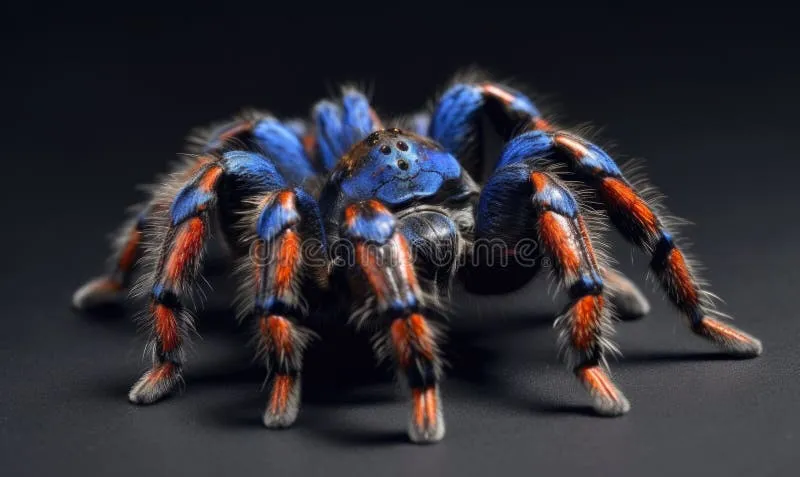Gooty Tarantula Habitat Top 5 Secrets
The Gooty Tarantula, Poecilotheria metallica, is a striking arboreal species that captivates with its vibrant colors and intricate patterns. Successfully keeping this species in captivity requires replicating its natural environment as closely as possible. This includes understanding its specific needs, from climate and substrate to ventilation. This comprehensive guide delves into the top 5 secrets to creating an ideal Gooty Tarantula habitat, ensuring your pet thrives in a healthy and stimulating environment. Whether you’re a seasoned arachnid enthusiast or a beginner, these secrets will help you provide the best possible care for your Gooty Tarantula.
Understanding the Gooty Tarantula’s Natural Habitat
Before delving into the specifics of habitat creation, it’s essential to understand where the Gooty Tarantula originates. This species is native to a small region in Andhra Pradesh, India, where it inhabits the dry deciduous forests. This knowledge provides a crucial foundation for replicating its natural environment. Understanding the environmental conditions of the Gooty Tarantula’s natural habitat allows for better emulation of their native environment. This includes the climate, temperature, humidity, and substrate of the forest floor and surrounding trees. This will allow you to provide a happy and thriving environment for your Gooty Tarantula.
Climate and Temperature
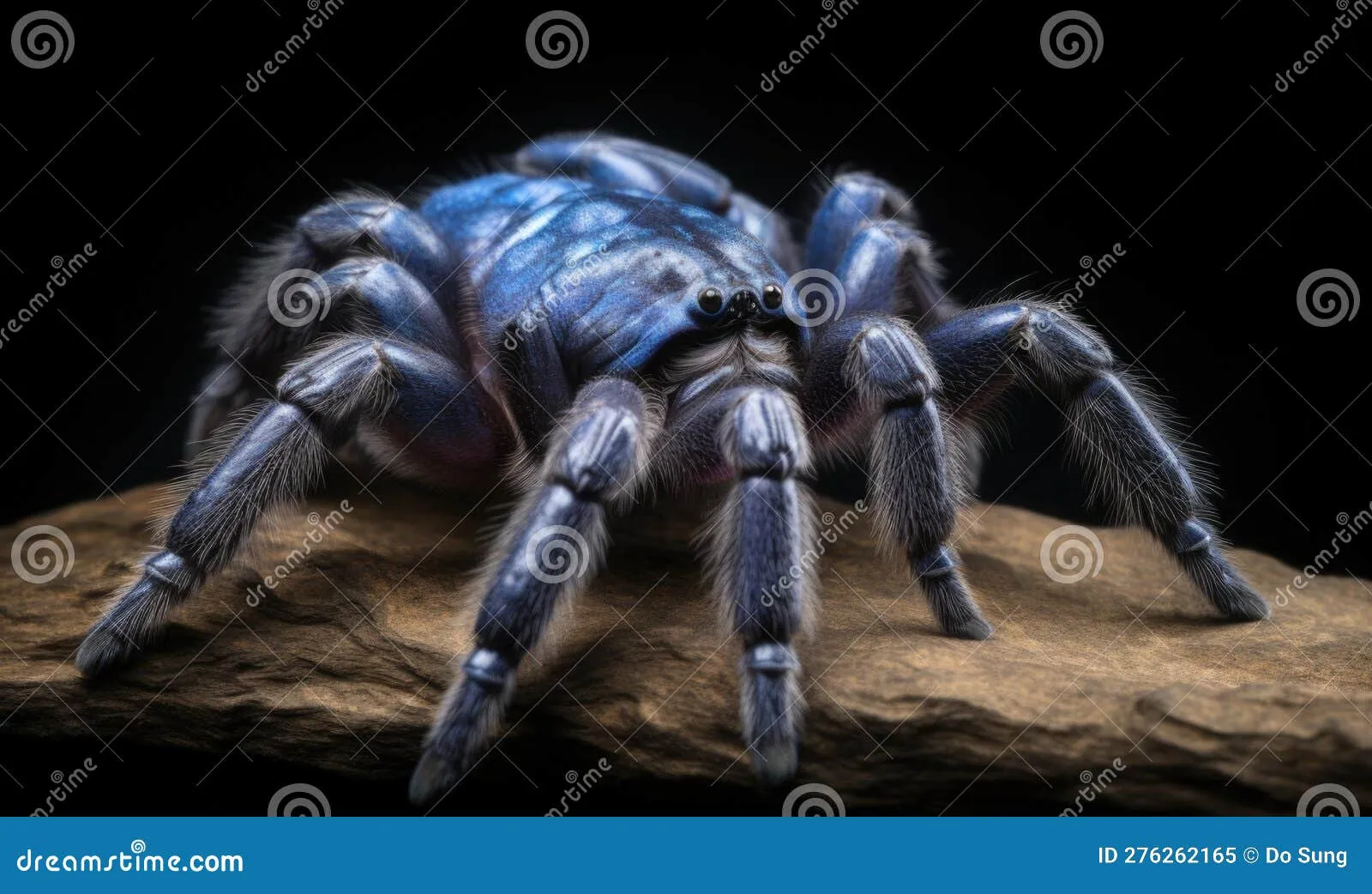
In their natural habitat, Gooty Tarantulas experience a tropical climate characterized by distinct wet and dry seasons. The temperature typically ranges from 75°F to 90°F (24°C to 32°C). During the dry season, temperatures can rise, while humidity levels decrease. Emulating this climate is vital for the tarantula’s health and well-being. Providing a warm environment is very important because this species is native to a warm environment. It is extremely important to get this correct to ensure the health and well-being of your tarantula. An incorrect environment can be detrimental to the tarantula’s life span.
Humidity Levels
Humidity plays a critical role in the Gooty Tarantula’s habitat. The natural habitat experiences higher humidity levels, particularly during the wet season. Maintaining the right humidity is crucial for the tarantula’s molting process and overall health. Low humidity can lead to difficulties in molting, potentially causing serious health issues. You’ll want to keep the humidity between 60-75% by misting the enclosure every few days. Monitoring the humidity levels regularly with a hygrometer is crucial to maintaining the ideal environment.
Substrate and Terrain
The Gooty Tarantula is an arboreal species, so they prefer to live in trees. In the wild, they are typically found in tree hollows or under loose bark. Therefore, their habitat setup should mimic this environment. The substrate, or bedding, should allow for burrowing and provide a surface for the tarantula to grip. A substrate that retains some moisture is ideal for maintaining humidity. Furthermore, the terrain should include vertical elements like branches or cork bark for climbing and hiding. Replicating the natural habitat provides the Gooty Tarantula with a secure and stimulating environment.
Secret 1 Provide a Suitable Substrate

A suitable substrate is fundamental to creating a thriving Gooty Tarantula habitat. The substrate serves multiple purposes, including moisture retention, providing a surface for the tarantula to grip, and allowing for burrowing. The right choice of substrate will support the overall health and well-being of your tarantula. It can also provide a natural appearance and reduce stress for the tarantula. The tarantula will feel more secure and will be more active in a suitable environment.
Importance of Substrate
Substrate is much more than just bedding. It’s a critical component of the Gooty Tarantula’s environment. Proper substrate helps maintain humidity levels, which are essential for the tarantula’s molting process and overall health. It also provides a comfortable surface for the tarantula to walk and climb. Additionally, the substrate provides a place for the tarantula to burrow, which is a natural behavior. The proper substrate is paramount to the well-being and health of the Gooty Tarantula.
Types of Substrate
Several substrate options are suitable for Gooty Tarantulas, each with its own advantages. A good starting point is a mix of coco fiber, peat moss, and a small amount of vermiculite. Coco fiber is excellent for retaining moisture, while peat moss adds acidity and structure. Vermiculite aids in moisture retention and aeration. You can also use a substrate of slightly moist, chemical-free soil. Avoid substrates that are too dry or those that may contain harmful chemicals or pesticides. Consider the long-term health of the Gooty Tarantula and the ease of maintenance when choosing a substrate. Make sure to keep it damp, not soaking wet.
Secret 2 Maintain Optimal Humidity
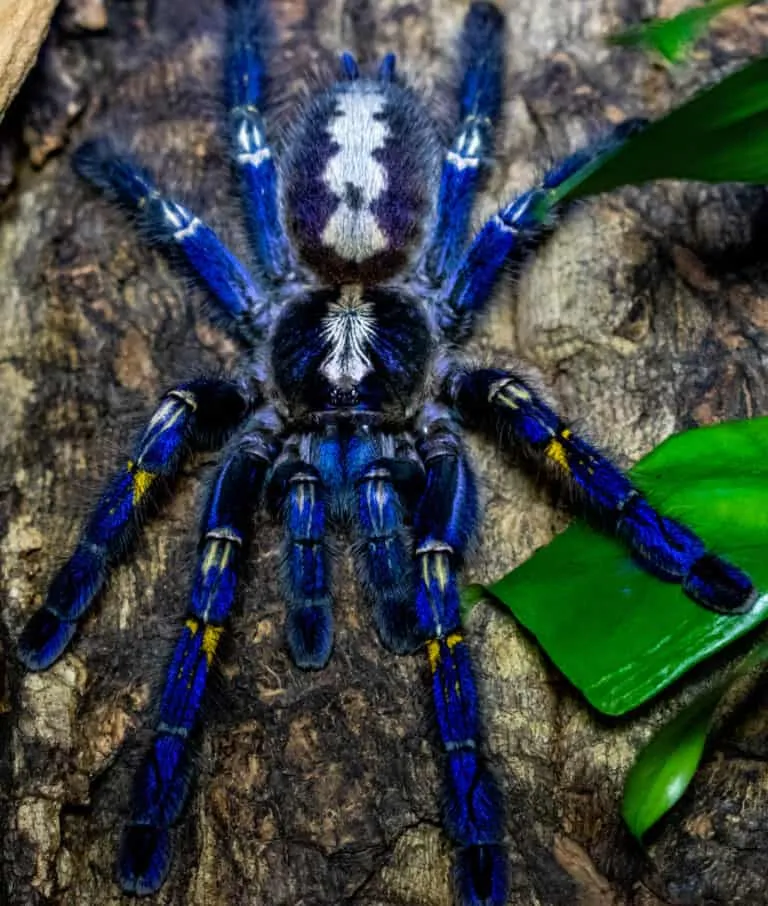
Maintaining optimal humidity is crucial for the health and well-being of a Gooty Tarantula. Humidity plays a crucial role in their molting process, as it helps the tarantula shed its exoskeleton. Additionally, appropriate humidity levels prevent dehydration. Monitoring and maintaining humidity is a fundamental aspect of Gooty Tarantula care. This includes the proper methods for measuring, monitoring, and controlling humidity levels inside the enclosure.
Measuring Humidity
Accurate measurement of humidity is crucial for maintaining the ideal environment. A hygrometer is an essential tool. Place the hygrometer inside the enclosure to get accurate readings. Digital hygrometers are generally more precise and easier to read. Regularly check the hygrometer to monitor humidity levels and make adjustments as needed. Record humidity levels to track trends and ensure consistency, which helps manage the environment of your tarantula.
Methods for Humidity Control
Several methods can be used to control humidity levels. Misting the enclosure with dechlorinated water is a simple and effective way to increase humidity. The frequency of misting will depend on the substrate and the environmental conditions. A shallow water dish can also help to increase humidity through evaporation. The placement of the enclosure can also affect humidity levels. Ensure proper ventilation to prevent excessive moisture buildup. By combining these methods, you can effectively manage the humidity levels in your Gooty Tarantula’s habitat.
Secret 3 Temperature Regulation
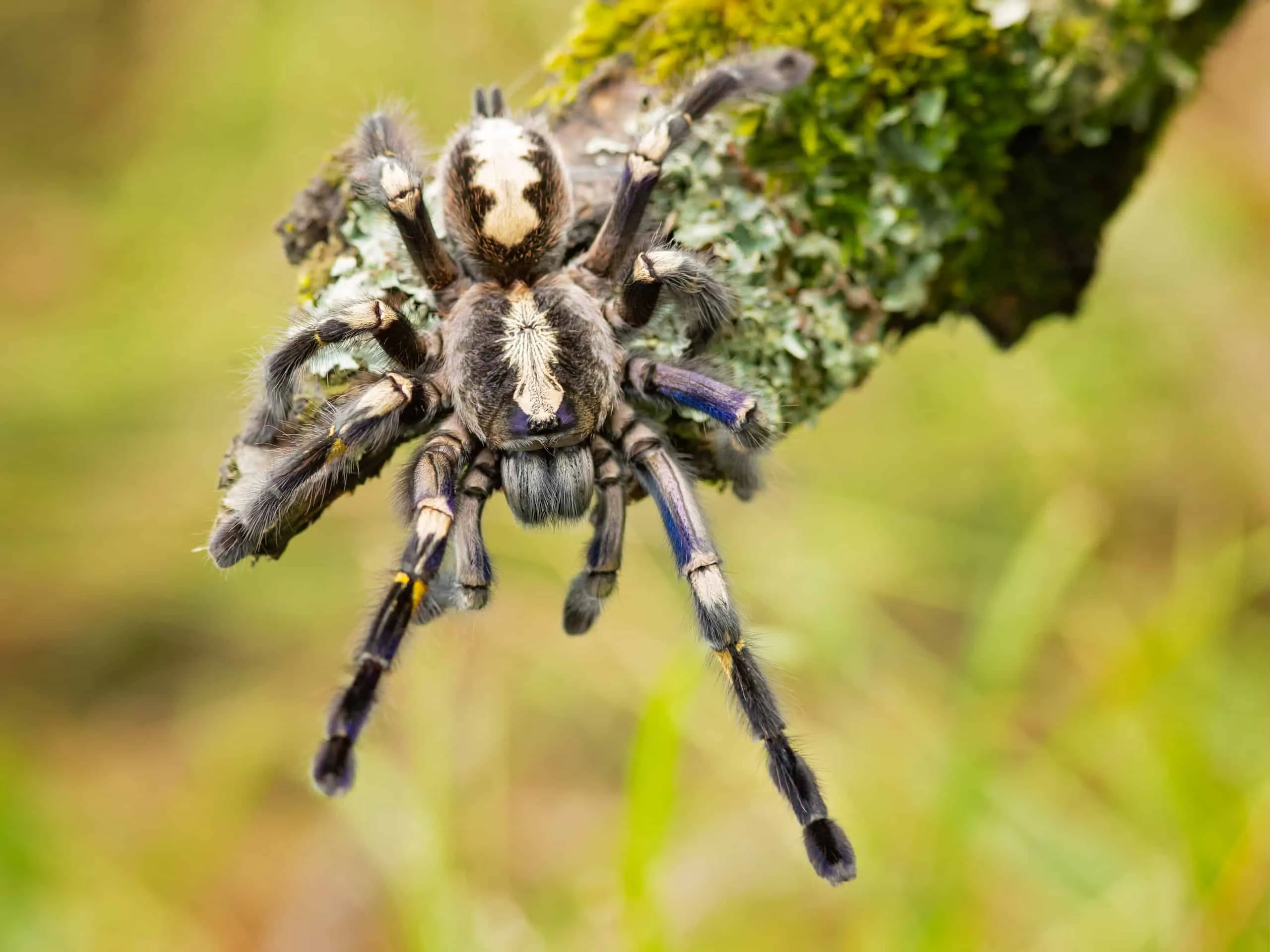
Temperature regulation is as vital as humidity. It’s important to mimic the warmth of the tarantula’s native habitat. Maintaining the correct temperature range ensures your Gooty Tarantula is comfortable, active, and healthy. Provide a thermal gradient within the enclosure, allowing the tarantula to choose its preferred temperature. Proper temperature regulation supports essential bodily functions and helps the tarantula thrive. Keeping the correct temperature provides the right environment for your tarantula.
Ideal Temperature Range
The ideal temperature range for a Gooty Tarantula is generally between 75°F and 85°F (24°C to 29°C). These temperatures reflect the climate of its natural habitat. A small temperature drop at night is normal. Avoid extreme fluctuations in temperature, as this can stress your tarantula. If temperatures in your home are consistently below the ideal range, additional heating may be necessary. You can measure the temperature with a thermometer. Consider the overall well-being of the tarantula when checking the temperature.
Heating Methods
Several methods can be used to provide supplemental heating, if needed. A low-wattage heat lamp can provide localized heat. Ensure the lamp is positioned safely to avoid overheating and is out of the tarantula’s reach. A heat mat placed on the side of the enclosure can gently warm the enclosure. Never place a heat mat directly underneath the enclosure, as this can cause the substrate to dry out. Always monitor the temperature to ensure it stays within the ideal range. Choose the heating method that best suits your setup and the needs of your tarantula.
Secret 4 Provide Hiding Places
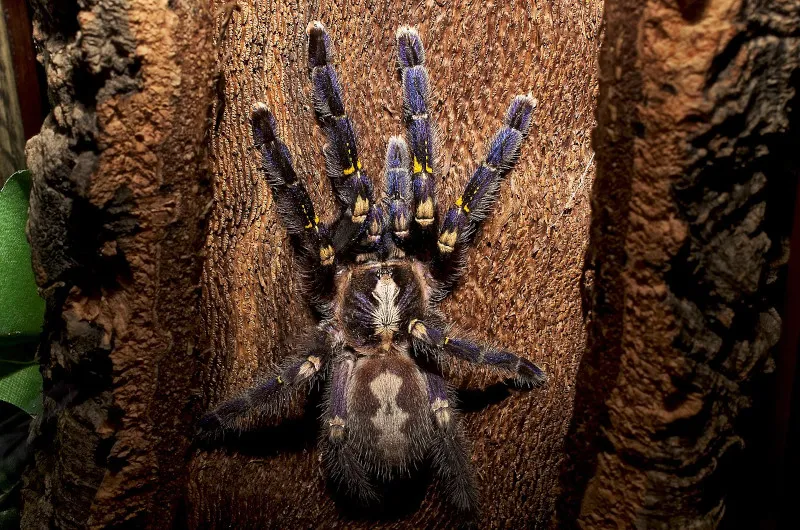
Providing hiding places is essential for a Gooty Tarantula. Tarantulas are naturally shy and secretive creatures. They feel more secure in a habitat with opportunities to hide. Hiding spots reduce stress and allow the tarantula to feel safe. This will then promote natural behaviors. A well-designed habitat should have multiple hiding spots. Proper hiding spots are paramount for the health and well-being of your Gooty Tarantula.
Importance of Hiding Spots
Hiding spots are crucial for the Gooty Tarantula’s well-being. They provide a sense of security, reducing stress and allowing the tarantula to feel safe in its environment. When a tarantula feels secure, it is more likely to display natural behaviors. Hiding spots also provide a place for the tarantula to retreat during molting. Make sure the tarantula has a safe and stress-free environment to keep the tarantula healthy. A secure tarantula is a healthy tarantula.
Types of Hiding Spots
Several options are available for providing hiding places. Cork bark is an excellent choice, as it mimics the natural environment of the Gooty Tarantula. Arrange the cork bark to create secure hiding spots and climbing surfaces. Artificial hides, such as half logs or caves, are also suitable. Ensure the hide is the appropriate size for the tarantula. The hides need to be in an appropriate location for the Gooty Tarantula. Consider the arboreal nature of this species when choosing the location. Place the hide in an elevated position, mimicking the tree hollows it would occupy in the wild.
Secret 5 Ensure Proper Ventilation
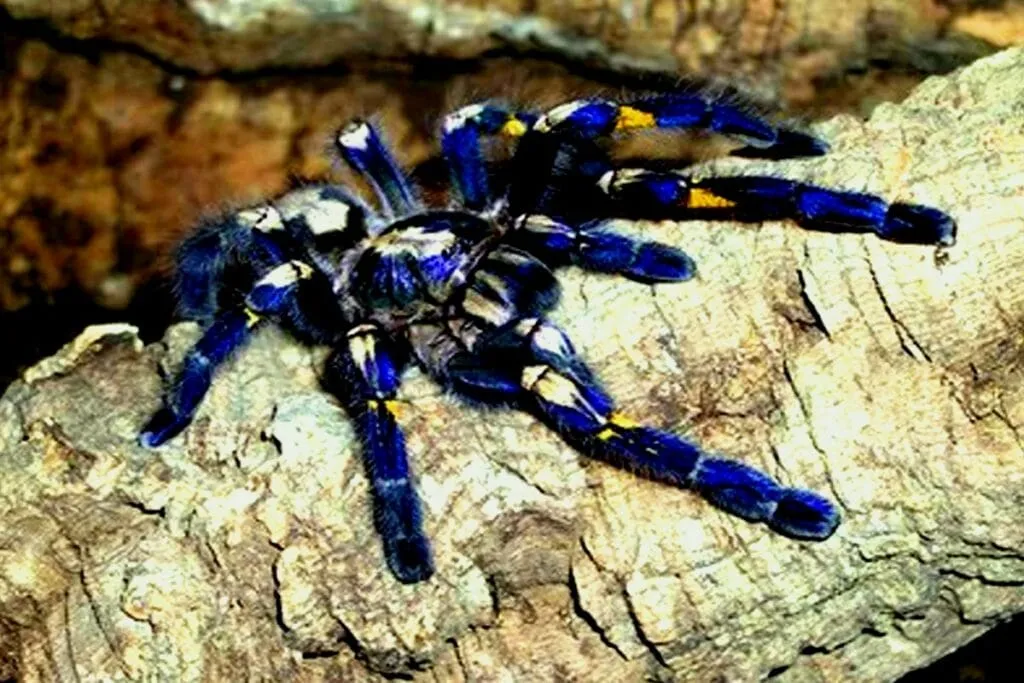
Proper ventilation is a critical aspect of a healthy Gooty Tarantula habitat. Ventilation prevents the buildup of excess humidity. It also helps in preventing the growth of mold and mildew. Poor ventilation can lead to respiratory issues and other health problems. Maintaining good airflow is essential for the long-term health of your tarantula. Always provide adequate ventilation for your Gooty Tarantula.
Why Ventilation Matters
Ventilation plays a vital role in several ways. First, it helps regulate humidity levels. Excessive moisture can lead to mold and mildew growth, which can be harmful to the tarantula. Proper ventilation helps circulate air. This helps to prevent moisture buildup. Ventilation also helps to remove stale air, ensuring the tarantula has access to fresh air. The air exchange also reduces the risk of respiratory problems. Ensure the health and well-being of your Gooty Tarantula.
Ventilation Techniques
Several techniques can be employed to ensure proper ventilation. Enclosures with cross-ventilation, such as those with ventilation holes on opposite sides, are ideal. This allows for optimal airflow. If using an enclosure with a screen top, ensure the mesh is not too fine, as this can restrict airflow. Avoid placing the enclosure in direct sunlight, as this can cause the temperature and humidity to fluctuate rapidly. Regular observation of the enclosure will help you ensure adequate ventilation. Remember to keep the ventilation clean and free of obstructions. The combination of these techniques will ensure a safe and healthy habitat for your tarantula.
In conclusion, creating an optimal Gooty Tarantula habitat is achievable by paying attention to these five secrets. By understanding the natural environment of this species and replicating those conditions, you can ensure your tarantula thrives. Providing the right substrate, maintaining proper humidity and temperature, offering hiding places, and ensuring adequate ventilation are key to the health and well-being of your Gooty Tarantula. With careful attention to these details, you can enjoy the beauty and fascinating behavior of this stunning species for years to come.
